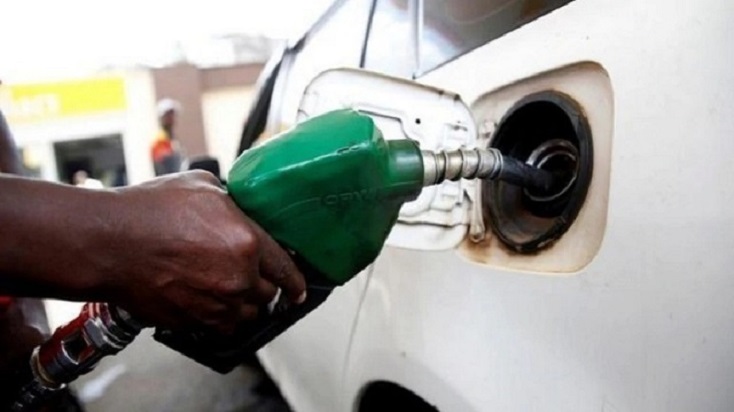Amid changes in the Chinese economy and the rising use of electric vehicles, global oil demand growth is down sharply this year from the rates seen in recent years.
The shift will likely have important implications for oil markets and the global energy system according to the analysis conducted by the International Energy Agency (IEA) for over a year.
According to the IEA’s latest monthly Oil Market Report, the global oil demand is on course to increase by 900 000 barrels per day (b/d), or 0.9%, in 2024 and 950 000 b/d next year, down from 2.1 million b/d, or 2.1%, in 2023.
The IEA says the assessment is supported by data collected during the first six months of 2024. The data reportedly confirms a significant slowdown rate of growth in oil consumption. Global demand rose by 800 000 b/d, or 0.8%, year‑on‑year during the first half of the year.
The recent downturn in China has been even more acute than expected, with oil demand in July declining year‑on‑year for a fourth consecutive month. At the same time, growth outside of China is tepid at best.
This weaker demand environment has helped fuel a sharp sell-off in oil markets. Brent crude oil futures have plunged from a high of more than $82 per barrel in early August to near three-year lows at just below $70 per barrel on 11 September.
The slowdown in oil demand could have implications for countries like Uganda that still plan to open up more areas for oil production. Uganda is also engaged in negotiation for the planned construction of a refinery in the Albertine Graben.
Normally, the cost of a barrel of crude oil is factored in when negotiating key agreements like the Production Sharing Agreements.
The IEA says China has been the cornerstone of the growth in global oil demand so far this century. Dynamic factory activity, massive infrastructure investments, and rising prosperity across a population of over 1 billion people driving what has, at times, felt like an inexorable expansion in oil consumption.
Over the past decade, the annual increase in Chinese oil demand has averaged more than 600 000 b/d, accounting for more than 60% of the total global average increase.
China’s share of global demand growth has expanded since the pandemic. This year, demand outside China will remain 0.3% below 2019 levels, but in China, consumption will be 18% higher.
China’s overall economic growth is slowing from the rapid rates seen in previous decades. At the same time, burgeoning domestic sales of vehicles powered by alternative fuels are cutting into oil demand for road transport, while the development of a vast national high-speed rail network is constraining growth in internal air travel. Slowing construction investment amid a prolonged real estate slump is also weighing on demand.
Burgeoning domestic sales of vehicles powered by alternative fuels are cutting into oil demand for road transport, while the development of a vast national high-speed rail network is constraining growth in internal air travel.
The market share of battery and plug-in hybrid electric vehicles in China has grown strongly in recent years.
Outside China, oil demand growth is tepid at best. This environment, combined with expectations of continued growth in supply – notably from oil producers in the Americas outside the OPEC+ group, such as the United States, Canada, Brazil and Guyana – has helped fuel a recent sell-off in oil markets.
Moreover, this year’s deceleration in global oil demand may mark the start of a period of more sluggish gains in oil consumption, with major technological, behavioral, and demographic shifts at work.
-URN





